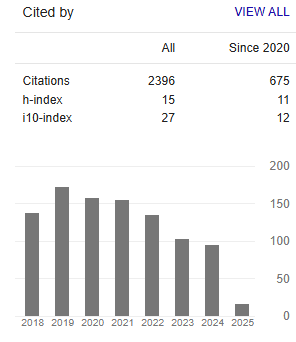A Comparative Study of Financial Literacy Strategies in India and the U.S.
DOI:
https://doi.org/10.63148/JIMRES2025008Keywords:
Finance, Literacy, India, United StatesAbstract
Capital formation is a crucial aspect of economic development, consisting of three key steps: increasing savings, channelling those savings, and investing them productively. Financial literacy plays a fundamental role in encouraging savings and participation in financial systems. This paper compares financial literacy strategies in India, particularly initiatives led by the Reserve Bank of India (RBI) and the Securities and Exchange Board of India (SEBI), with those of the U.S. The study highlights shortcomings in Indian programs, such as insufficient outreach to rural populations and inadequate focus on digital financial literacy, in contrast to the more comprehensive U.S. approach. The paper concludes with policy recommendations, including enhanced public-private partnerships and technology-driven educational tools, to improve financial literacy in India and support its goal of becoming a developed nation by 2047.






